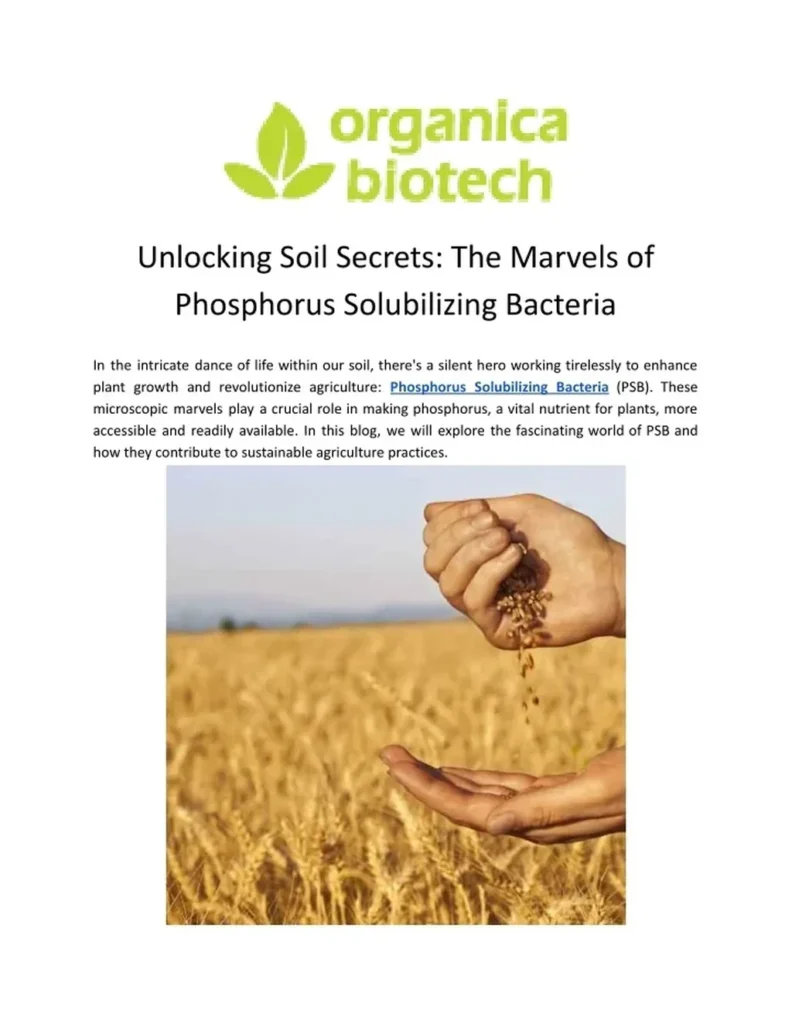In the quest for sustainable agriculture, a recent study published in *PLoS ONE* (which translates to “Journal of Open Science”) has shed light on the intricate dance between conservation agriculture (CA) practices, nitrogen fertilization, and soil phosphorus (P) dynamics. Led by Nusrat Jahan Mumu, the research delves into the long-term impacts of these practices on soil phosphorus availability, offering insights that could revolutionize nutrient management in the agricultural sector.
The study, conducted over 36 consecutive crops, explored the effects of different tillage systems, residue levels, and nitrogen rates on various phosphorus fractions in a wheat-mungbean-rice rotation. The findings reveal a complex interplay that could significantly influence future farming practices and soil fertility management.
“Understanding the interactive effects of conservation agriculture and nitrogen fertilization on soil phosphorus dynamics is critical for sustainable nutrient management,” Mumu emphasized. The research highlights that strip tillage (ST) combined with higher residue levels (HR) significantly enhanced labile-P availability, which is crucial for plant growth. Soluble-P and NaHCO3-Po (organic) increased by 4% and 35% under ST compared to conventional tillage (CT), and by a staggering 259% and 26% under HR compared to lower residue levels (LR), respectively.
However, the story doesn’t end there. The study found that while higher residue levels generally boosted most soil P fractions, excessive nitrogen rates (>N100) tended to decrease labile-Pi (inorganic) fractions by up to 45%. This suggests a potential decline in plant-available phosphorus, a critical factor for crop productivity.
“Optimum N rate under CA aided in raising the NaHCO3-Po fractions,” Mumu noted. This balance is crucial for maintaining soil fertility and ensuring sustainable crop production. The research also revealed that moderately labile-P fractions were higher in ST-HR with increased N rates (>N100), indicating that the combination of these practices can enhance soil phosphorus dynamics in the long run.
The interactions among tillage, residue, and nitrogen were significant for most P pools, highlighting the synergistic effects of CA and N management. The study concluded that ST-HR-N100 was the optimal combination for maximizing P availability and minimizing non-labile P buildup.
So, what does this mean for the future of agriculture? The findings suggest that adopting conservation agriculture practices, particularly strip tillage with higher residue levels and optimum nitrogen fertilization, can significantly improve soil phosphorus availability. This could lead to more sustainable and productive farming systems, reducing the need for excessive fertilizer use and minimizing environmental impacts.
As the agricultural sector continues to grapple with the challenges of climate change and resource depletion, this research offers a beacon of hope. By understanding and leveraging the complex interactions between tillage, residue, and nitrogen, farmers and agronomists can optimize soil fertility and pave the way for a more sustainable future.
In the words of Mumu, “This study provides a foundation for further research and practical application in the field. It’s a step towards smarter, more sustainable agriculture.” As we look to the future, the insights from this research could shape the way we manage our soils, ensuring that they remain productive and resilient for generations to come.

